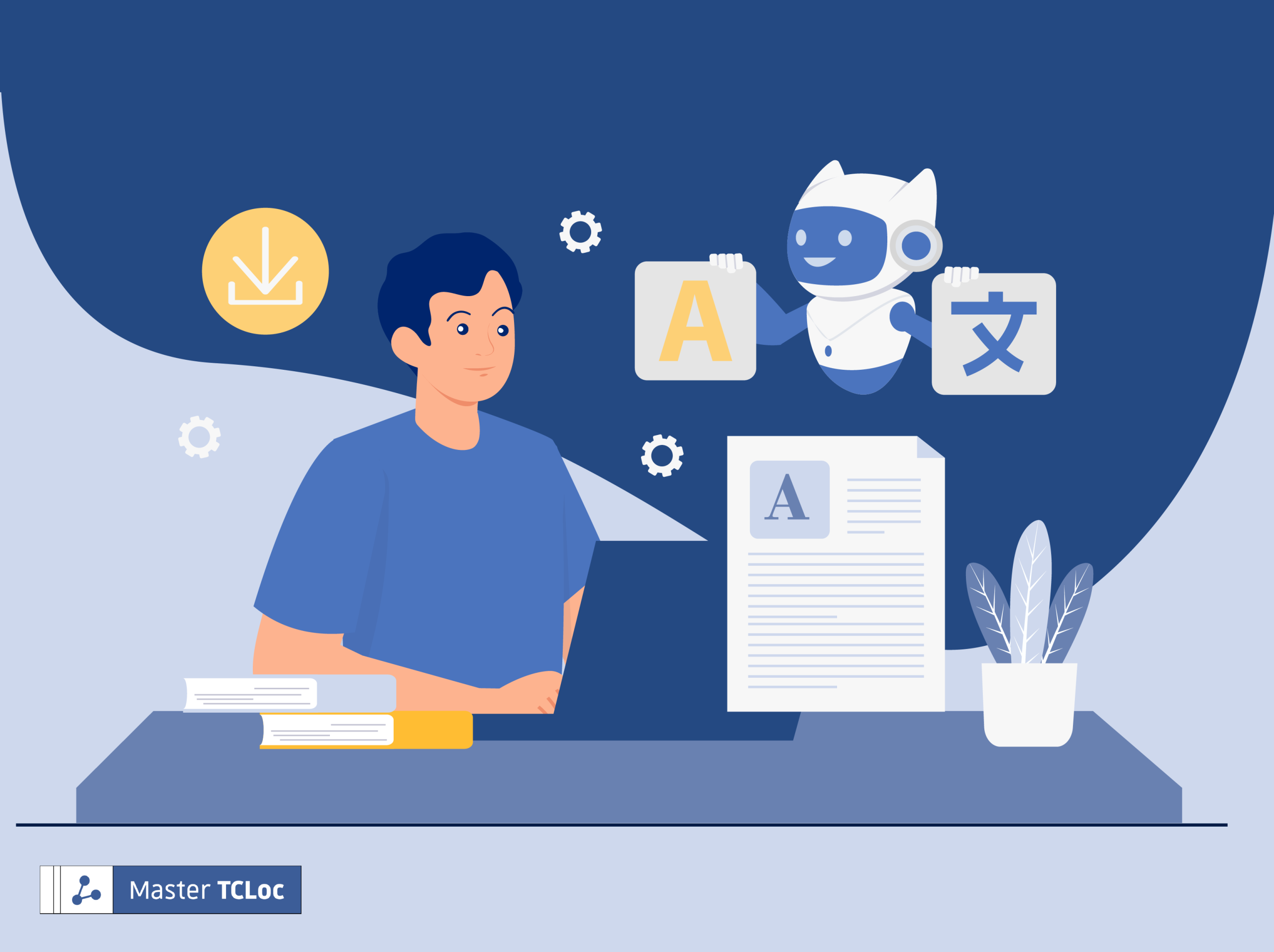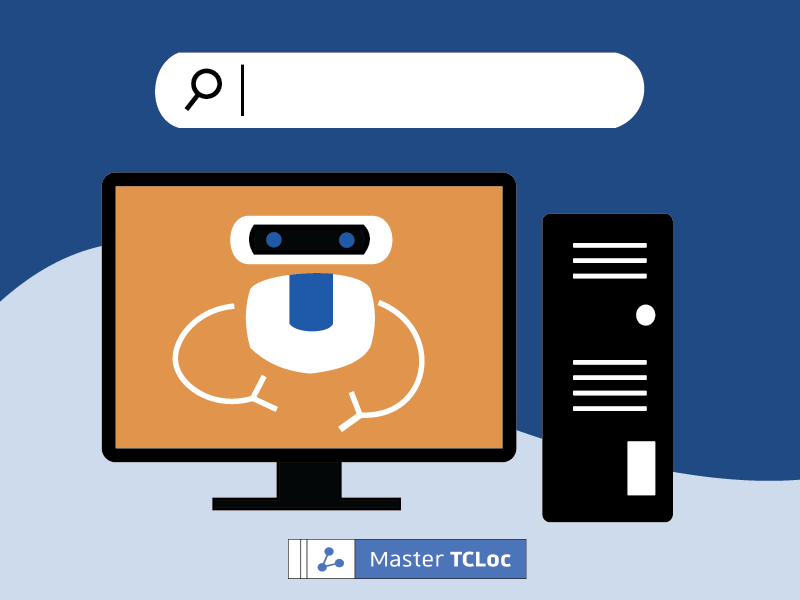Machine learning (ML) is a subset of artificial intelligence that uses computer algorithms to improve automatically through experience. What if a program could adapt a graphical interface to your liking by using machine-learning technology? Well, this is what some companies are already doing. If a machine-learning program can learn from user behaviors, that is precisely why combining UX and machine learning makes sense. But it’s not as simple as it might sound. In this article, we will try to understand the challenges of machine-learning product design and how to overcome them.
The Challenge of Pairing UX with Machine Learning
One of the main challenges is that cooperation between UX designers (UXers) and engineers, such as data scientists and developers, should always be a part of any web project’s workflow. Therefore, while a significant part of a UXer’s job is to make an interface ergonomic and aesthetically pleasing, they should also be required to understand the technical basics of development as well. This will enable them to collaborate better with developers in order to understand the role machine learning can play.
Designers know broadly what machine learning is but often can’t identify where it is needed and what it is capable of doing in a specific context. If UXers design an interface without any knowledge of how it can be developed later on and what tools are available, they won’t take advantage of the full potential of the product team. Sharing skills and understanding the basics of what our colleagues do is a necessity, especially in tech companies where many digital projects are conducted. It is essential to continuously improve as a team.
In the case of designing machine-learning-driven products, UXers should spend enough time with ML engineers in order to fully understand what ML models can do. This may seem like a waste of time but think of it as an investment. If enough time is taken during the early stages of a project, it is more likely to run smoothly and misunderstandings are less likely to occur. In the end, UXers will be able to work more efficiently and design interfaces that fully embrace ML-enhanced interactions. Continuous communication throughout the project is key.
Machine Learning as a Design Material
Let’s look more closely at the designing phase. Adding machine learning to the design process does not automatically mean that the resulting product will be better or that users will start using it more. UX designers need to look at machine learning as a design material in order to take advantage of its capabilities and apply them effectively to the project. However, Machine Learning should not be considered as just any other traditional design material. A good method to explore would be the research-through-design approach.
In general, research is conducted early on to understand what needs to be improved or implemented through UX design. It’s a separate step from the actual design process, which, when designing ML-enhanced products, often leaves UXers with a unclear idea of what needs to be done and how to achieve it. With the research-through-design approach however, research and design become an inseparable cycle: design, research, repeat. This approach allows UX experts to better understand the issues and how the technology might help, and maybe reinvent the technology’s purposes.
A Successful UX and ML Collaboration
Google’s PAIR Bungee program was created to see how UXers could effectively work alongside ML experts in order to improve the resulting product: a generative machine-learning interface to assist music composition. For this experiment, three UX designers were put into an ML research host team for three months.
The program started with a course about machine learning basics and practices at Google. That way, the designers could begin the project with a better idea of what they would be working with. From there, the UXers implemented a user-centric approach throughout the project, which is always more likely to result in a product that resonates with the target audience. During the preparation phase, the participants defined a target audience and organized a design sprint session with the help of user interviews. Then, they picked key concepts to pursue and further explored them with users.
This experiment confirmed how relevant and efficient it is to integrate UX earlier and more fully in the ML development processes. In the end, UXers learned more about algorithms and their capabilities while data scientists gained more insight into user-centered practices and what is worth pursuing in the first place. Organizing workshops inspired by this program could help many tech companies working with AI to take their products to the next level.
What do you think about UXers and ML engineers cooperating to develop better user-centric products? Do you think artificial intelligence algorithms will end up replacing UX designers? Let us know in the comments!
If you want to read more about UX, check out these articles.



